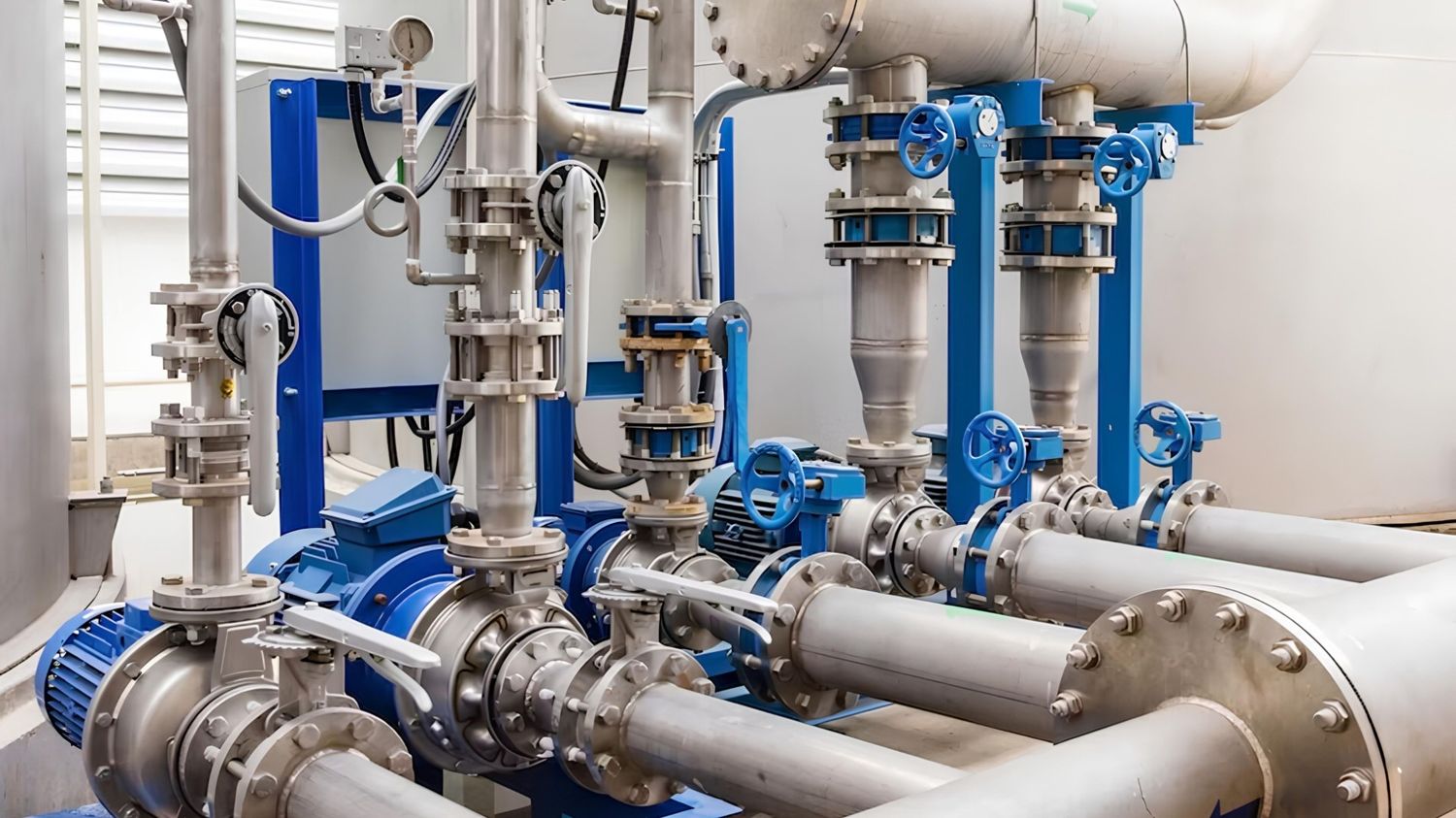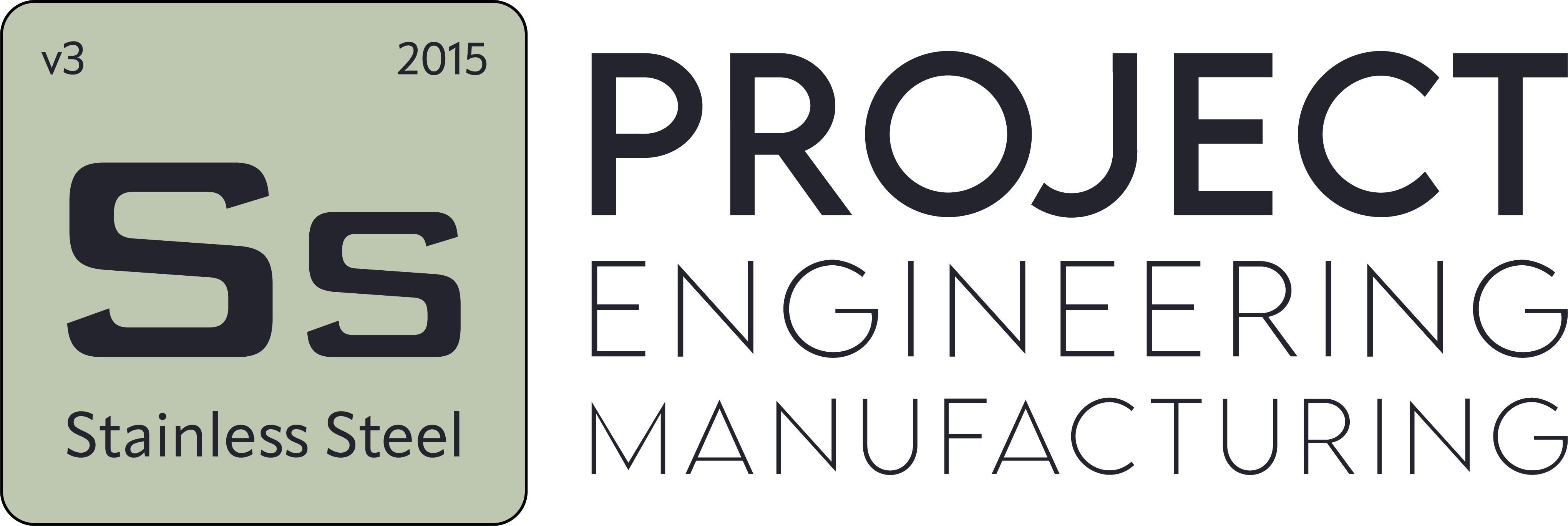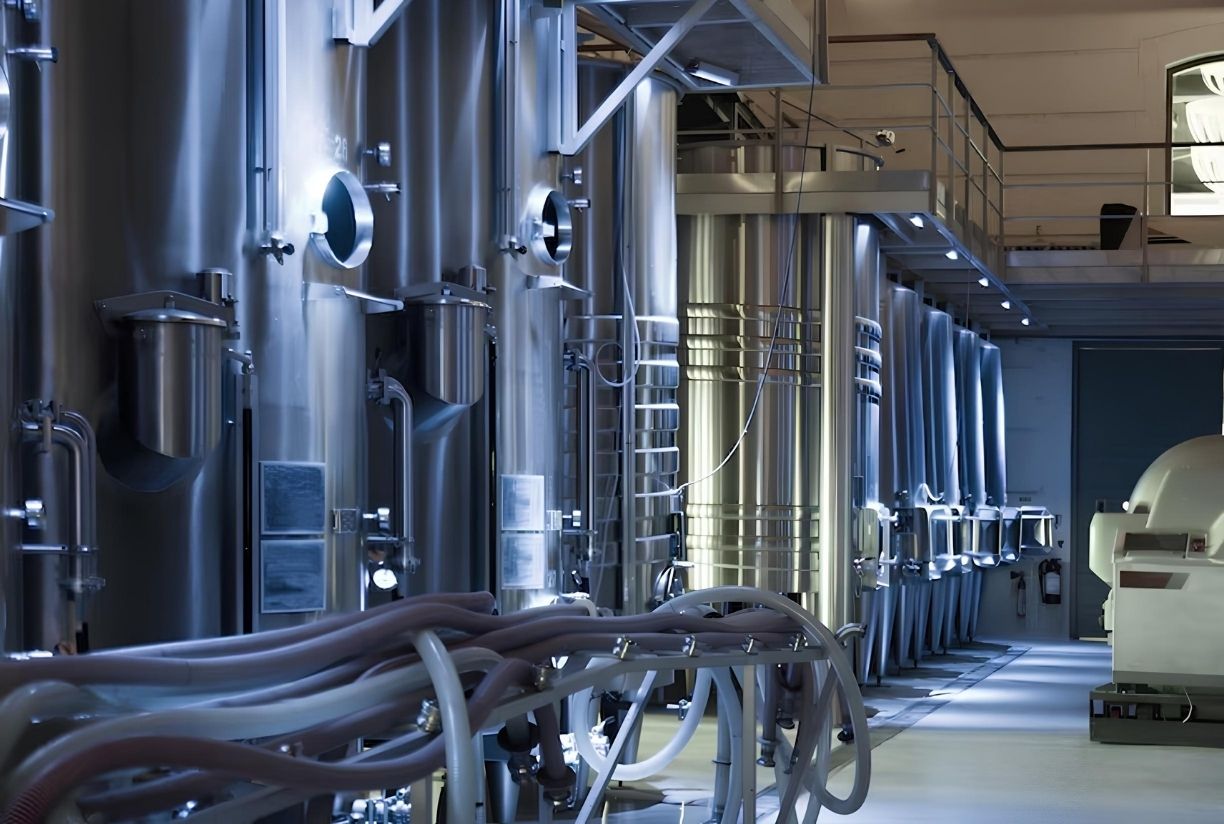Critical Factor for Smart Plants: Process Optimization
- Blog
- Critical Factor for Smart Plants: Process Optimization
Critical Factor for Smart Plants: Process Optimization
Table of Contents
-
Importance of Process Optimization in Smart Facilities
-
Data Collection and Analysis Processes in Smart Facilities
-
Process Improvement with Artificial Intelligence and Machine Learning
-
Role of Automation Systems in Process Optimization
-
Optimization in Energy Consumption and Resource Management
-
Operational Efficiency and Error Reduction Techniques
-
Role of Continuous Improvement Culture in Process Optimization
-
Future of Process Optimization in Smart Facilities
Importance of Process Optimization in Smart Facilities
Smart facilities transform production processes by leveraging the full potential of technology in today’s Industry 4.0 landscape. At the heart of this transformation lies process optimization. Process optimization is a comprehensive approach that ensures production processes operate at maximum efficiency, with minimal costs and the highest quality. Regardless of how advanced a facility’s technological infrastructure is, expected efficiency gains cannot be achieved without properly optimized processes. Thus, process optimization stands out as a critical factor in the success of smart facilities.
Process optimization is essential for ensuring seamless production flow, preventing resource waste, and maintaining consistently high product quality. In industrial facilities, machines, equipment, and human resources form a cohesive whole, and every component must operate in harmony. Process optimization provides the methodology to achieve this harmony. As a result, businesses not only meet production targets but also gain the ability to respond quickly and flexibly to market demands.
Data Collection and Analysis Processes in Smart Facilities
The core dynamic of smart facilities relies on data-driven decision-making processes. Data collected in real-time from production lines enables precise monitoring of process performance. This data includes critical parameters such as temperature, pressure, speed, and energy consumption, gathered via sensors. Additionally, information on production quality, machine downtime, and defective product rates is continuously recorded. These large data sets gain meaning only through proper analysis methods.
Data analysis not only observes the current state but also enables predictive insights for the future. Advanced analytical techniques and data processing algorithms allow potential errors to be identified in advance, enabling proactive management of production processes. Innovative companies like SS Project support this process by developing tailored data analysis solutions for facilities. This approach allows smart facilities to enhance efficiency through preventive management strategies, moving beyond reactive measures.
Data visualization techniques further simplify decision-making for facility operators. User-friendly interfaces and real-time reporting make complex data sets comprehensible. This supports rapid and effective decision-making by facility management. Ultimately, data collection and analysis processes are an indispensable component of process optimization, forming the core of smart facilities.

Process Improvement with Artificial Intelligence and Machine Learning
Artificial intelligence and machine learning technologies are among the revolutionary elements in process optimization. These technologies have the capacity to uncover complex relationships within data sets and determine optimal production parameters. In smart facilities, AI algorithms dynamically optimize production processes, delivering the best response to varying conditions. This improves production quality while reducing costs.
Through machine learning, systems can adapt to evolving production conditions over time. Models update themselves based on new data, minimizing emerging process errors. SS Project provides a competitive edge to its clients with AI-based solutions in this field. For instance, if a component or process parameter in a production line exhibits constant variability, AI quickly analyzes this variability and automatically makes necessary adjustments.
These advancements minimize manual interventions in production while significantly reducing human-induced errors. Additionally, AI-supported systems predict maintenance needs, preventing unplanned downtime. The flexibility and foresight offered by AI in process improvement sustainably enhance the performance of smart facilities.
Role of Automation Systems in Process Optimization
Automation is a foundational pillar of smart facilities and enables the practical implementation of process optimization. In highly automated facilities, processes continue seamlessly with minimal human intervention. This reduces errors, maintains consistent production standards, and enhances operational safety. Automation ensures precise control of process parameters, guaranteeing optimal resource utilization.
SS Project focuses on enhancing facility performance with advanced automation systems. Control systems like PLC, SCADA, and DCS manage production processes accurately and on time. These systems coordinate all equipment on the production line, delivering both energy savings and optimized material use. Moreover, automation enables easy process monitoring and rapid interventions when needed.
The high level of control provided by automation allows immediate detection of process deviations. This minimizes inconsistencies in production quality. Operational efficiency increases, and the facility’s production capacity reaches its maximum. Automation systems stand out as the most critical element in the sustainable success of smart facilities.
Optimization in Energy Consumption and Resource Management
Energy costs constitute a significant portion of industrial facilities’ operating expenses. In smart facilities, energy consumption and resource management are essential areas of process optimization. SS Project employs advanced analysis and control methods to enhance energy efficiency. This eliminates unnecessary energy consumption, allowing production processes to operate with the most cost-effective energy profile.
Resource management extends beyond energy to include water, raw materials, and other inputs, which directly impact facility efficiency. Process optimization prevents resource waste, fostering a sustainable production environment. Effective resource management is strategically vital for reducing environmental impacts and costs.
SS Project’s solutions help facilities achieve both environmental and economic goals. Optimization in energy consumption and resource management reduces facilities’ carbon footprint while boosting competitiveness. This approach plays a key role in aligning smart facilities with sustainability objectives.
Operational Efficiency and Error Reduction Techniques
Process optimization aims to enhance operational efficiency and minimize error rates. In smart facilities, this goal is achieved through advanced analytical methods and automated control systems. SS Project identifies bottlenecks and inefficiencies by thoroughly mapping processes. This data serves as the foundation for planning operational improvements.
Error reduction techniques improve production quality, lowering product return rates. Automation systems and real-time monitoring tools detect errors instantly, enabling immediate intervention. This ensures safer, faster, and more consistent production processes. Improvements in operational efficiency not only boost profitability but also enhance customer satisfaction.
Reducing error rates lowers maintenance costs and extends equipment lifespan. This decreases overall operational costs while increasing production capacity. In smart facilities, error reduction and efficiency enhancement strategies are among the most effective ways to create a competitive advantage.
Role of Continuous Improvement Culture in Process Optimization
Process optimization is not a one-time intervention but a process requiring continuous improvement. In smart facilities, a continuous improvement culture is adopted to achieve this. Engaging all employees in this mindset increases the effectiveness of transformation processes. SS Project provides comprehensive training and consulting services to instill this culture in facilities.
Continuous improvement is driven by regular data analysis and the discovery of new opportunities. Performance evaluations, employee feedback, and technological innovations are consistently integrated into the process. This enables facilities to adapt quickly to market conditions and technological advancements. The continuous improvement culture is a cornerstone of the long-term success of smart facilities.
Widespread adoption of this culture enhances not only processes but also organizational structures. Team collaboration increases, knowledge sharing accelerates, and innovation is encouraged. This makes facilities resilient and adaptable to changing conditions.
Future of Process Optimization in Smart Facilities
Rapid technological advancements are shaping the future of process optimization in smart facilities. The Internet of Things (IoT), big data analytics, artificial intelligence, and robotic systems are emerging as key components of this future. SS Project plays a pioneering role in integrating these technologies, ensuring its clients are future-ready.
In the future, process optimization will become more autonomous, intelligent, and flexible. Human intervention will be minimized, and systems will gain self-improvement and adaptation capabilities. These developments will exponentially increase facilities’ efficiency and competitiveness.
The future of smart facilities will revolve around sustainability and digital transformation. Innovative companies like SS Project will be key players in this transformation, driving industry change. The future of process optimization will be a dynamic, ever-evolving journey in Industry 4.0 and beyond.


